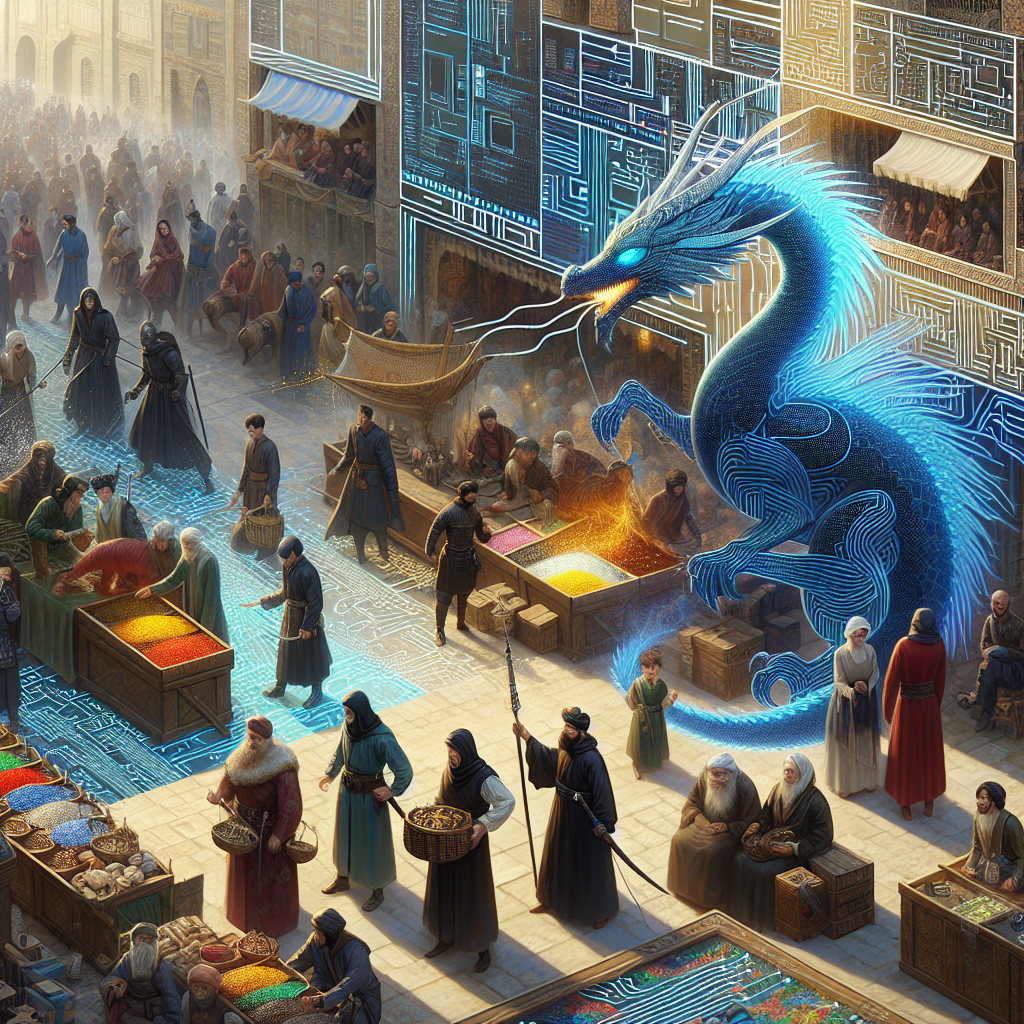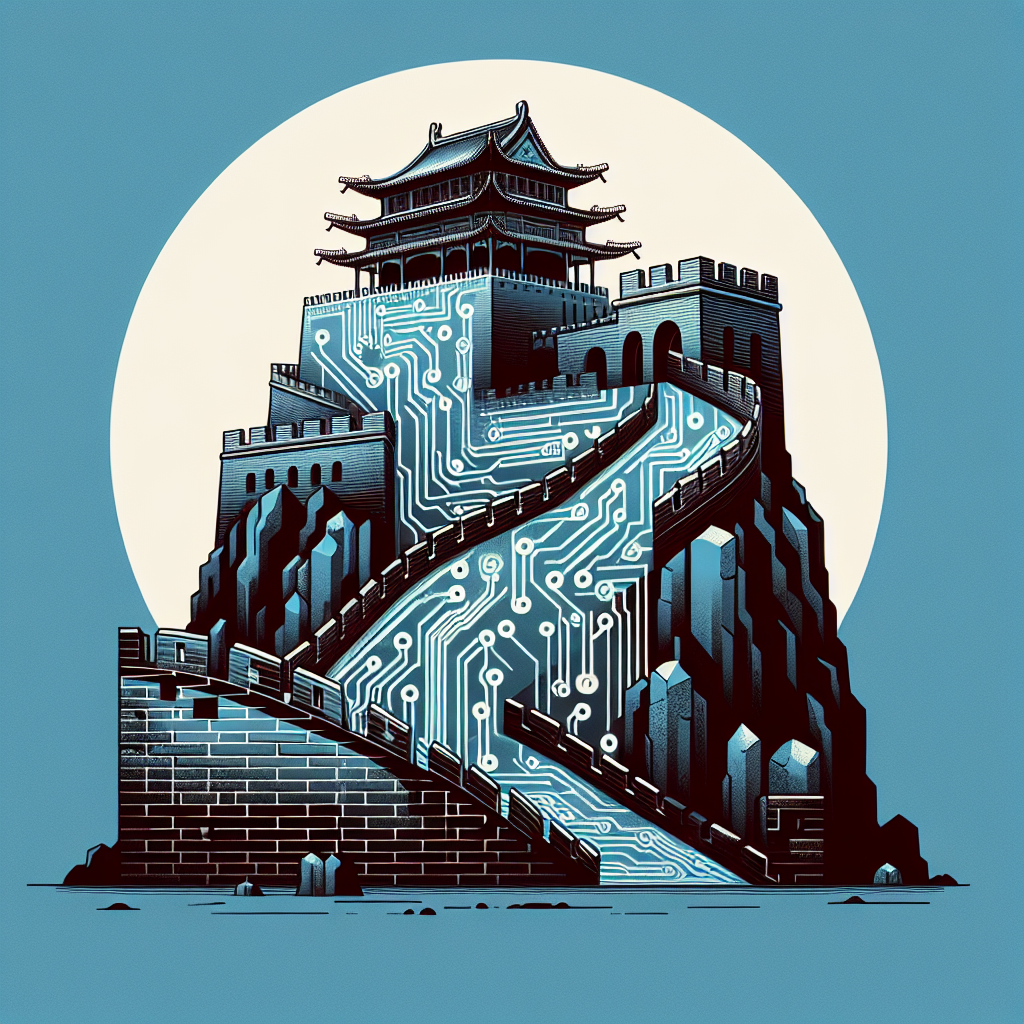The Birth of Ultima Online's Economy
Ultima Online, released in 1997, was one of the first massively multiplayer online role-playing games (MMORPGs) to feature a dynamic, player-driven economy. Players could engage in various professions, such as blacksmithing or tailoring, to produce goods that could be traded or sold within the game world.
Comparing to Modern Gaming Economies
Unlike many modern games that control item value through developer intervention, Ultima Online allowed market forces to dictate prices. This approach laid a foundation for future MMORPGs like World of Warcraft and EVE Online, which incorporated elements of Ultima's player-driven economic model.
- World of Warcraft: While it has an auction house system, price controls are more prevalent, offering less volatility compared to Ultima.
- EVE Online: Known for its complex economy, it mirrors Ultima's system but on a much grander scale, involving real-world economics.
The Role of Gold in Virtual Economies
In Ultima Online, gold was more than just a currency; it was a means to measure success and power. This concept of gold as a status symbol persists in many games today, influencing player behavior and engagement.
Lessons from Ultima's Economy
Ultima Online's approach taught developers the importance of balancing in-game economies to prevent inflation and ensure a fair gaming experience. It emphasized player agency and the creation of a living world that responded to player actions.
The Future of Gaming Economies
As blockchain technology and NFTs gain traction, gaming economies are poised to enter a new era. Ultima Online's model offers valuable insights into creating sustainable and engaging virtual economies in this evolving landscape.



